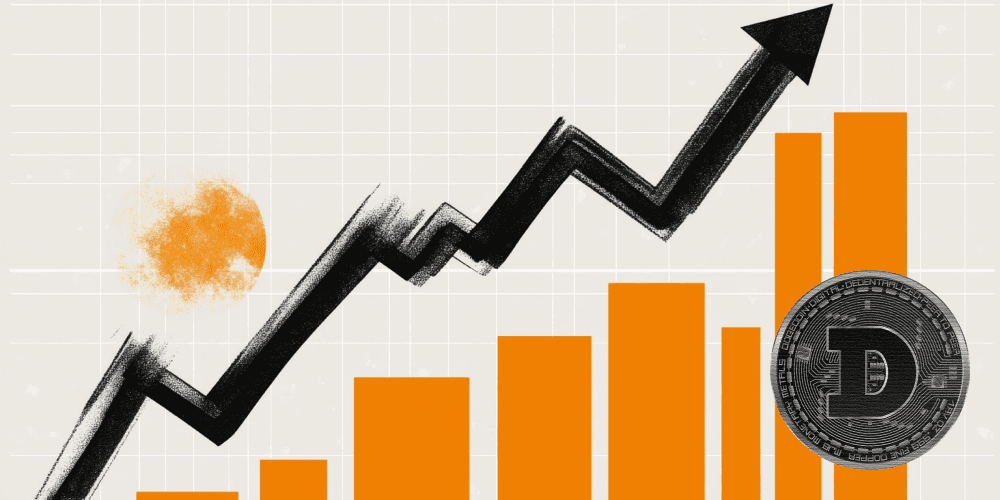GBP/USD Forecast: Pound Sterling stays below key resistance levels
- GBP/USD retreated slightly after touching its highest level in over two weeks.
- The technical outlook suggests that the bullish bias remains intact.
- 1.2530 and 1.2560 align as key resistance levels for the pair.

After reaching its highest level since April 12 near 1.2550 at the beginning of the week, GBP/USD lost its traction and erased a portion of its daily gains. Nevertheless, the pair manages to hold above 1.2500, supported by the selling pressure surrounding the US Dollar (USD). The near-term technical outlook suggests that the bullish bias remains intact but buyers could remain hesitant unless the pair clears 1.2560.
The suspected in the foreign exchange market by Japan triggered a selloff in the USD during the Asian trading hours on Monday. The USD Index, which gauges the USD's valuation against a basket of six major currencies, was last seen losing 0.3% on the day. However, GBP/JPY is also down nearly 1.5% on the day, suggesting the Japanese Yen (JPY) captures capital outflows out of Pound Sterling as well. In turn, GBP/USD's upside remains capped.
Meanwhile, US stock index futures trade modestly higher on Monday. In case risk mood continues to improve in the American session, the USD could stay under pressure, given the lack of high-tier macroeconomic data releases.
On Wednesday, the Federal Reserve (Fed) will announce monetary policy decisions. Later in the week, the US Bureau of Labor Statistics will publish April jobs report, which will include the Unemployment Rate and Nonfarm Payrolls figures. Ahead of the Fed meeting, investors could refrain from taking large positions.
GBP/USD Technical Analysis
The Relative Strength Index (RSI) indicator on the 4-hour chart stays near 60 and GBP/USD continues to trade above the 100-period Simple Moving Average (SMA), currently located at 1.2500.
On the upside, 1.2530 (Fibonacci 38.2% retracement of the latest downtrend) aligns as interim resistance before 1.2560, where the 200-day SMA is located. A daily close above the latter could attract buyers and open the door for another leg higher toward 1.2600.
First support is located at 1.2500 (100-period SMA) ahead of 1.2450 (Fibonacci 23.67% retracement, 50-period SMA).
Pound Sterling FAQs
The Pound Sterling (GBP) is the oldest currency in the world (886 AD) and the official currency of the United Kingdom. It is the fourth most traded unit for foreign exchange (FX) in the world, accounting for 12% of all transactions, averaging $630 billion a day, according to 2022 data. Its key trading pairs are GBP/USD, aka ‘Cable’, which accounts for 11% of FX, GBP/JPY, or the ‘Dragon’ as it is known by traders (3%), and EUR/GBP (2%). The Pound Sterling is issued by the Bank of England (BoE).
The single most important factor influencing the value of the Pound Sterling is monetary policy decided by the Bank of England. The BoE bases its decisions on whether it has achieved its primary goal of “price stability” – a steady inflation rate of around 2%. Its primary tool for achieving this is the adjustment of interest rates. When inflation is too high, the BoE will try to rein it in by raising interest rates, making it more expensive for people and businesses to access credit. This is generally positive for GBP, as higher interest rates make the UK a more attractive place for global investors to park their money. When inflation falls too low it is a sign economic growth is slowing. In this scenario, the BoE will consider lowering interest rates to cheapen credit so businesses will borrow more to invest in growth-generating projects.
Data releases gauge the health of the economy and can impact the value of the Pound Sterling. Indicators such as GDP, Manufacturing and Services PMIs, and employment can all influence the direction of the GBP. A strong economy is good for Sterling. Not only does it attract more foreign investment but it may encourage the BoE to put up interest rates, which will directly strengthen GBP. Otherwise, if economic data is weak, the Pound Sterling is likely to fall.
Another significant data release for the Pound Sterling is the Trade Balance. This indicator measures the difference between what a country earns from its exports and what it spends on imports over a given period. If a country produces highly sought-after exports, its currency will benefit purely from the extra demand created from foreign buyers seeking to purchase these goods. Therefore, a positive net Trade Balance strengthens a currency and vice versa for a negative balance.
Premium
You have reached your limit of 3 free articles for this month.
Start your subscription and get access to all our original articles.
Author

Eren Sengezer
FXStreet
As an economist at heart, Eren Sengezer specializes in the assessment of the short-term and long-term impacts of macroeconomic data, central bank policies and political developments on financial assets.


















